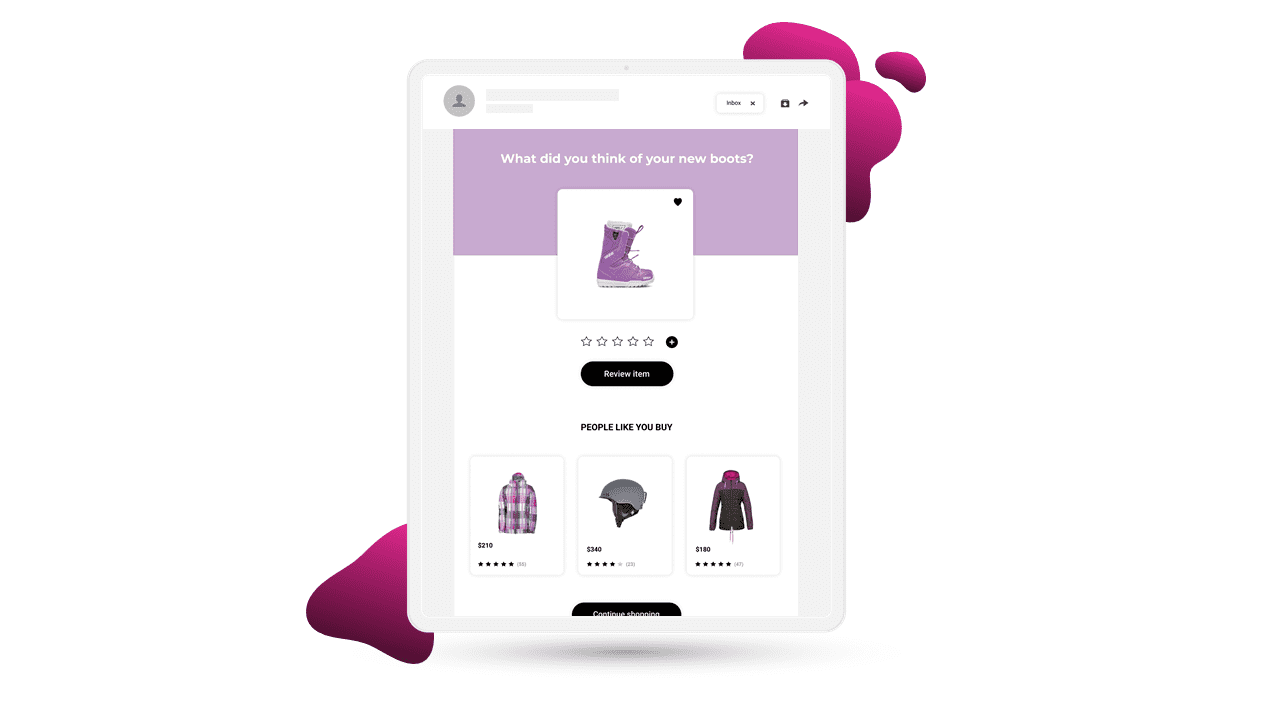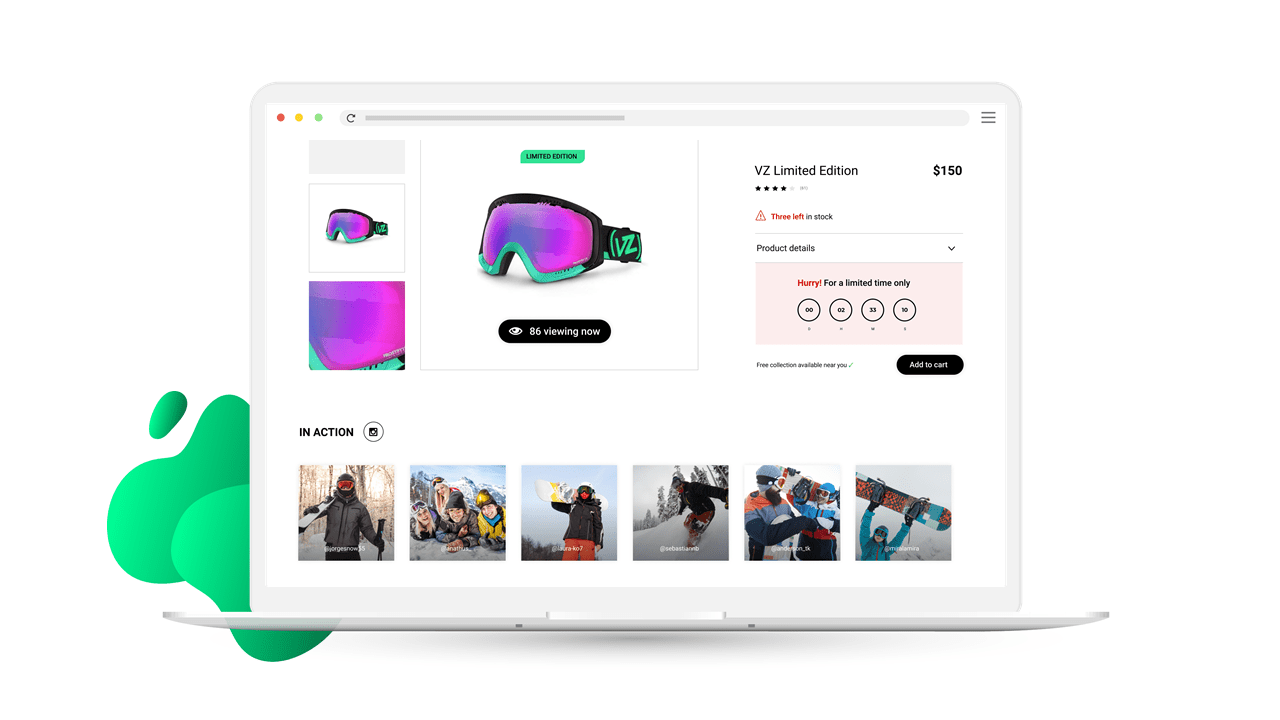Personalization is a must for eCommerce, helping brands and retailers stand out by providing a tailored, more engaging customer experience.
Read on to learn more about the psychology of personalization, as we discuss the cocktail party effect and the psychology of persuasion. You can also learn more about this topic in our on-demand webinar with Pure360.
The cocktail party effect
Have you ever been in a situation such as a party or a crowded pub, where music has been playing loudly and there are multiple conversations going on, but you’re still able to pay attention to the conversation you are currently having? This is known as the ‘cocktail party effect’, which is a theory that started its development in the 1950s by British cognitive scientist Colin Cherry.
So how does this apply to eCommerce?
Well, it is estimated that on average, we see over 5,000 adverts per day. Can you remember at least 1,000 of them? 500? 100? No? That’s because of the cocktail party effect. Your brain can scan over things – in this case, advertisements – and not take in any of the information that isn’t relevant to you.
So, as a business, how can you advertise effectively?
The answer here is true personalization. With all the emails in your potential customer’s inboxes, and all the adverts they see on social media, just using their name is not enough.
But before we get ahead of ourselves and dive into personalization tactics you can use, let’s talk about the psychology of persuasion.
The psychology of persuasion
According to Robert Cialdini’s book Influence: The Psychology of Persuasion, there are six principles of influence that will help convince people to make a decision.
Similarity
This is the tendency to like others who are similar to us.
Consistency
This is the desire to be consistent with what we’ve already done or said – think of brand loyalty, for example.
Scarcity
This is the desire to have things that are rare.
Consensus
This is the desire to follow the lead of others.
Authority
This is the desire to follow the expert.
Reciprocity
Finally, this is the desire to give back something to someone who gave you something.
Read on to find out how you can use these principles to stand out from the crowd at the ‘cocktail party’.
Utilizing personalization
Now that you know what the cocktail party effect is, and the principles behind the psychology of persuasion, you can use these theories and apply them to your marketing strategy. Here are some examples.
Tailored product recommendations
Thinking about the principle of similarity – shoppers want to see products that relate to them. By showing product recommendations similar to the ones they browsed on the product page, for instance, you can heighten the chance of them finding something they really want, and even increase the chance of upselling.
Another example could be in the post-purchase email. You can show them products that ‘people like you’ bought, enticing them to become loyal and make more purchases from you. This also links back to the consistency principle – since they bought from you, and you offered them a great customer experience, they are more willing to stay consistent and loyal to you.

Scarcity messaging
This tactic is especially effective on low-in-stock products like hotel rooms for certain dates, or limited edition items. You could use dynamic countdown timers on your website to count down until the end of a sale, or show how many items are left in stock on product and search pages. Using language such as ‘For a limited time only!’ and ‘While stock lasts’ can also be effective on your website and in your emails, as it increases that urgency for the customer to make that purchase now.

Social proof
Social proof leverages the wisdom of the crowd. People want to do what other people do to avoid making mistakes, so by allowing your customers to leave a review and star rating, you can entice new shoppers to become customers, too. And due to the reciprocity principle, customers who have had a good experience may want to give something back in return, so giving them the option to give feedback is a valuable exchange. You can use star ratings across email and web, and mix them with product recommendations in both instances.
Another way you can use social proof is by using an influencer or expert in your area. You might be more likely to convert shoppers if a figure of authority says your brand is amazing. In fact, over half of Gen Z are more interested in a brand using influencers. Make sure you know who your customers are, though, as only 14% of baby boomers would feel the same way.
Where Fresh Relevance comes in
We offer you the tools above to help you reach your goals. From social proof widgets to triggered emails, we’ve got you covered. With our platform, you can combine everything for optimized results, and we can help you with testing to help you find out what doesn’t work for you, and what offers you the best results.
If you’re looking for some more inspiration, download our Ultimate CRO eCommerce Lookbook today. It’s packed with 21 best-in-class personalization and optimization examples from real brands.



![Download The Ultimate Ecommerce CRO Lookbook [new visitors edition]](https://no-cache.hubspot.com/cta/default/483487/f5f7f101-4a20-4b00-981c-64b204462111.png)



